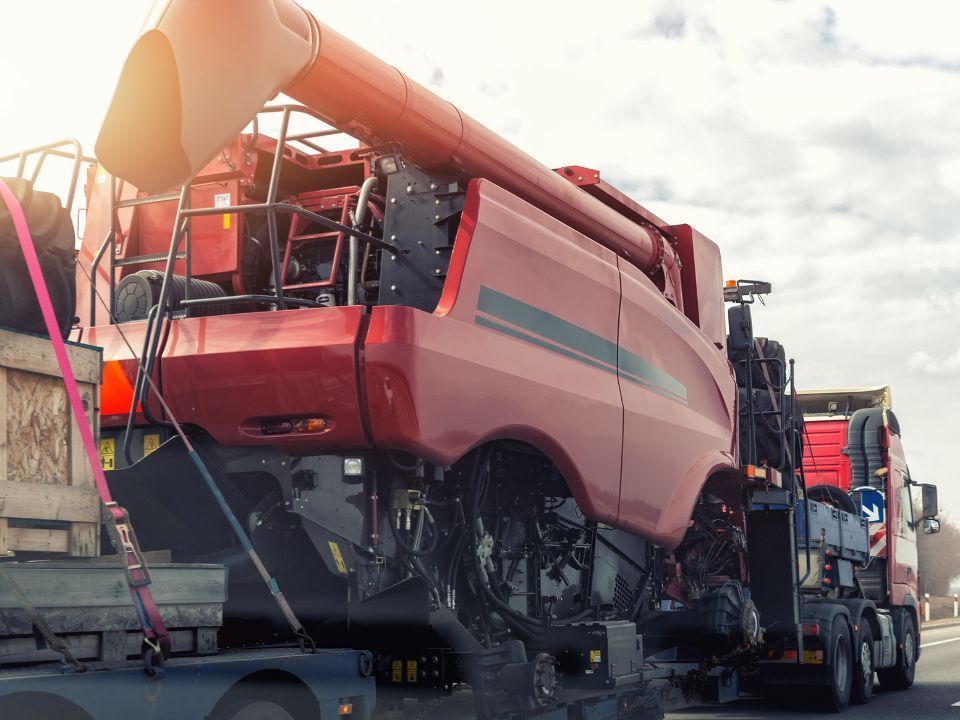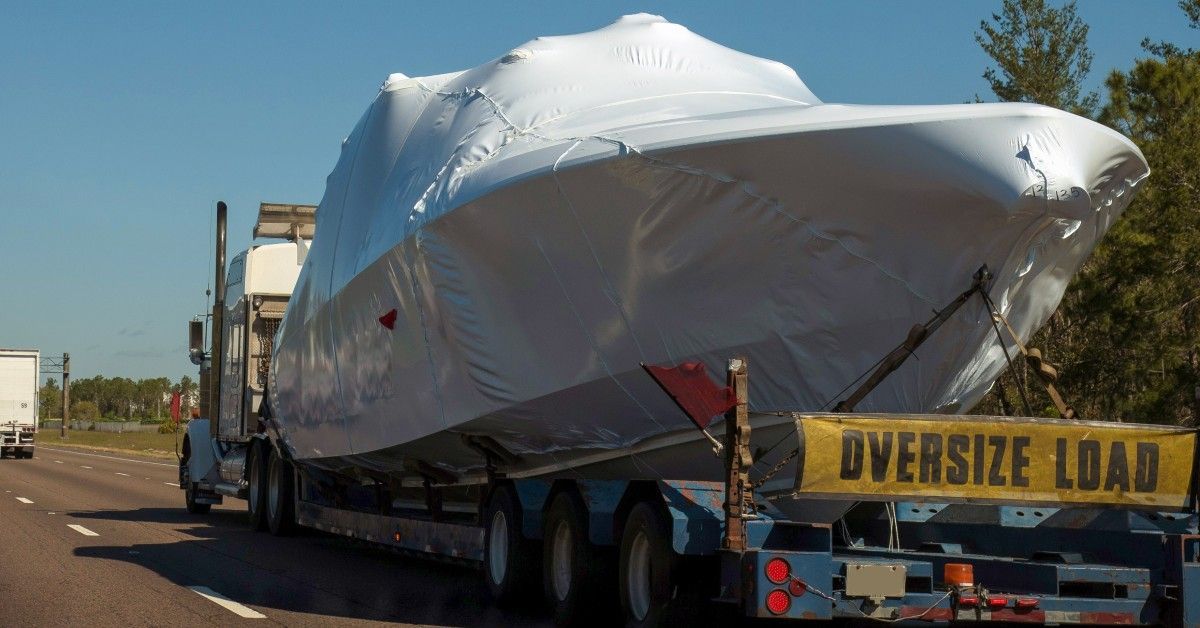Tips for Transporting Equipment in Winter Weather

The harsh conditions of winter can make logistics a bit tricky. Luckily, we have some helpful tips for transporting equipment in winter weather to make your life easier. Continue reading to learn how you can successfully move heavy machinery, regardless of the weather.
Reference the Owner’s Manual
When transporting heavy-duty equipment, you need to be informed about the moving guidelines for your machinery. If you’ll pack up your equipment for transport, reference the owner’s manual for guidance.
The owner’s manual can tell you the correct packaging techniques and materials needed to secure your equipment for wicked winter weather. You may need to pre-package components before transport so that they’re not exposed during open-air travel. If you misplaced your machinery owner’s manual, you can reference the manufacturer’s website for packing information.
Secure Loose Components
Another tip for transporting equipment in winter weather is to secure loose components. It’s best to detach removable pieces so they don’t accidentally fall off or get damaged during the journey. For example, if you’re shipping a tractor with an attachment, it’s wise to unhitch it and ship it separately.
You’ll need to make sure straps, blades, and loose ropes are tied down in case of windy conditions on the road. To prevent the doors of your equipment from opening during transport, lock them and tape them shut. You can also keep the interior of your machinery free of snow, rain, or ice when you secure the doors.
Load and Unload in a Spacious Area
Winter road conditions are often slippery, so give yourself plenty of space to load and unload your equipment safely. You can lessen some of the potential risks associated with transporting heavy-duty machinery when you have clearance during these times.
When you hire professional heavy equipment transportation services from One Call Logistics, we can create a custom moving plan based on your needs. Our driving professionals adhere to the United States Department of Transportation rules and regulations. You can rest assured that your equipment will arrive safely at its destination, regardless of the weather conditions.
Drain Fluids and Lubricants
When the temperature drops, it’s necessary to check the fluid and lubricant levels of your large machinery. Some liquids don’t perform well in cold weather, so you may need to switch to products designed for low temperatures in order to prevent damage.
Check the coolant, engine oil, transmission fluids, drive fluids, and fuel before moving your equipment. For your safety, you should drain machinery fluids before transport. In general, you can move most machines with approximately one fourth of the fuel in the tank. Avoid transporting your machine with a full tank.
One Call Logistics offers heavy equipment transportation services throughout the continental United States. Get in touch today to learn how we can help you move your machinery all year long!













